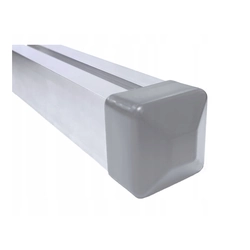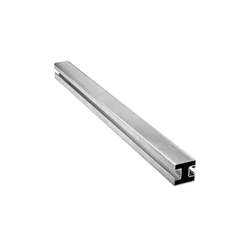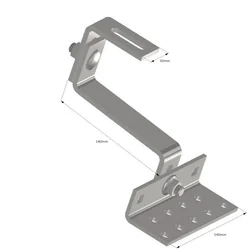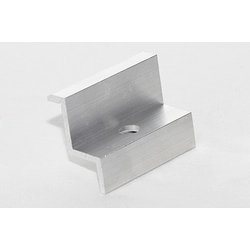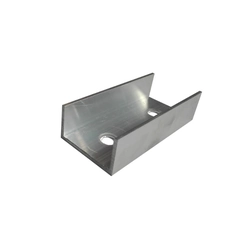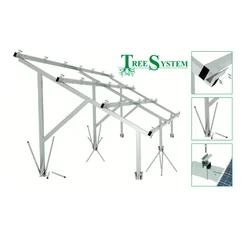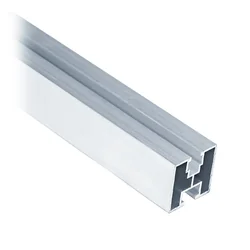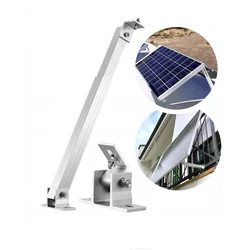Top 5 Ground-Mounted Solar Systems
ground-mounted solar systems are a popular choice for large-scale projects. They provide easy access for maintenance and can be custom-tailored for specific site conditions. Some of the best options include: 1. fixed-tilt systems, known for their simplicity and affordability; 2. Single-axis tracking systems, which follow the sun's path for increased efficiency; 3. Dual-axis tracking systems, offering even higher energy yields by adjusting both vertically and horizontally; 4. Seasonal-adjustment systems that can be manually set for optimal tilt throughout the year; and 5. Ballasted ground mounts, ideal for non-penetrating installations on flat surfaces.
Top 5 Roof-Mounted Solar Solutions
roof-mounted solar systems are perfect for businesses with limited space or strict land use regulations. The top five systems are: 1. flush mounts, providing a sleek appearance and minimal wind resistance; 2. Tilt-up mounts, designed for flat roofs or low-slope installations; 3. Ballasted roof mounts, requiring no roof penetrations and adaptable to a range of roofing materials; 4. Elevated racking systems, maximizing space efficiency by allowing for additional usage below the panels; and 5. building-integrated photovoltaics, where solar panels replace conventional building materials, improving aesthetics and reducing installation costs.
VARIO roof hook for Photovoltaics with double adjustment 140mm 5mm thick 1.4016
€2.77
+VAT
PLN 11.97

merXu Protected Payments
Aluminum profile 40x40x3.54 m for the installation of photovoltaic panels
Starting at
€3.19
+VAT
RON 15.90
Choosing the Right Mounting System
Selecting the best mounting system for your renewable energy project requires careful consideration. Evaluate key factors such as: 1. Project size and scale, determining the optimal balance between efficiency and cost; 2. Geographic location, taking into account regional weather patterns, sun exposure, and permitting regulations; 3. Roof type or ground conditions, ensuring compatibility with preferred mounting solutions; 4. Budget constraints, noting that more advanced systems typically carry higher price tags; and 5. Maintenance requirements, understanding that some systems may necessitate routine adjustments or periodic servicing.

merXu Protected Payments
Aluminum profile rail mounting photovoltaic panels 40x40x3.3 m
Starting at
€3.61
+VAT
RON 17.99
Mounting rail aluminum 3500mm
€10.90
+VAT

merXu Protected Payments
Rear + Front R52 (4*EPDM+4*Wkręt profile support included)
€6.70
+VAT
PLN 29.01








